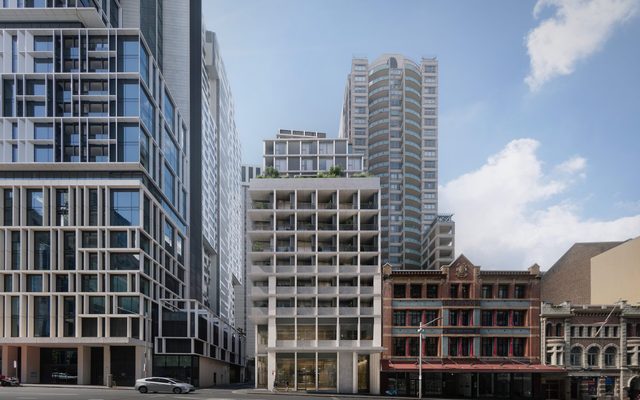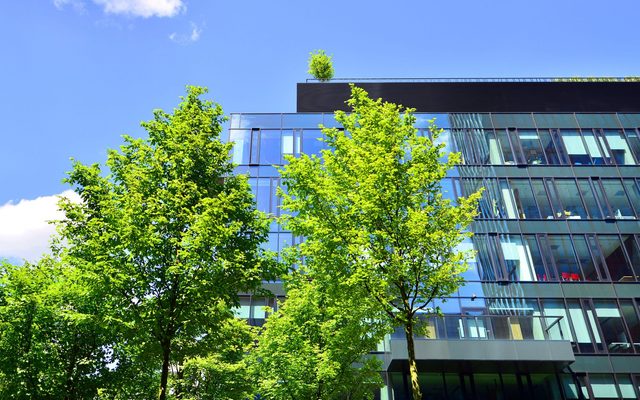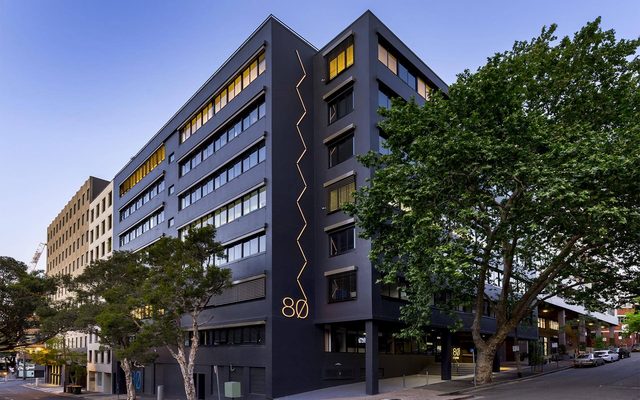This article is from the Australian Property Journal archive
SYDNEY remains the most expensive place in Australia in which to build, and while construction costs across Australia have increased, the country’s capital cities have dropped down the global rankings of the most expensive cities to build in.
That’s according to the 2024 Arcadis ICC Index, which covers 100 of the world’s large cities across six continents takes into account 20 different building types, including residential, commercial, and public sector developments, and is based on a survey of construction costs, a review of market conditions and the professional judgement of Arcadis’ global team of experts.
Sydney ranked at number 48, down 12 places from the previous year. Brisbane ranked at 51, Melbourne at 54, Perth at 62 (all down five places respectively), and Adelaide at 67 (down four places).
Arcadis’ executive director of cost and commercial management, Matthew Mackey, said the falls in rankings were due to the challenge of rising inflation levels above 5% across Australia’s cities, juxtaposed with a weaker Australian dollar.
“Rising insolvencies and diminishing capacity has fuelled further construction cost escalation, and while this has not been at the peak of 2022, it has continued to damage and reduce the margins for project viability,” he said.
“While the industry grapples with higher construction costs, projects have stalled amidst damaging confidence levels.
Growth in national construction costs continued to stabilise in the first quarter of 2024, CoreLogic’s Cordell Construction Cost Index shows, but costs are still a whopping 27.6% higher than at the start of the pandemic
Nearly a quarter of all tax debt defaults are from businesses in the construction industry, according to CreditorWatch, That data picked up from Australian Securities and Investments Commission numbers that showed the construction industry dominated the number of initial external administrators’ and receivers’ reports in 2023.
“However, the strength of longer-term project pipelines suggests these challenges may be short-term. 2024 presents the Australian construction industry with an opportunity to reset and collaborate more closely to bring about an improved approach to project delivery,” Mackey said.
High borrowing costs undercutting the positive impact of infrastructure investment in many countries, the Arcadis report said.
However, with markets stabilizing and inflation beginning to ease, the report suggests the recovery of the global construction sector is at a pivotal moment, with heightened demand – particularly rapid growth in industrial manufacturing and technology. and a robust pipeline of government investment – for labour, materials, and energy placing a premium on productivity as a critical factor in investment decisions and project viability.
London returns to most expensive
Enhanced specifications associated with safety and sustainability have been pushing prices upwards, causing London to overtake Geneva (2nd) in the rankings, closely followed by Zurich (3rd) and Munich (4th). Rising costs and double-digit price growth in Munich have propelled the Bavarian capital significantly up the rankings, surpassing major US cities like New York (5th) and San Francisco (6th).
The Arcadis report called out rapid acceleration of investment in the advanced manufacturing and technology sector, including data centres, saying the scale and complexity of these end-date-critical projects has sharpened financial risk, meaning that clients need to evolve their design, procurement, and construction capabilities even as these major projects are being built.
Martijn Karrenbeld, global director for industrial manufacturing at Arcadis, said the key priority for clients is delivering an operational facility on time, but in a resource-constrained market, existing supply chains and delivery models might not be adequate to provide the assurance needed to protect these investments.
“This will place a premium on productivity-led design, procurement, and construction to deliver projects at scale – and project teams need to be ready to adapt.”




